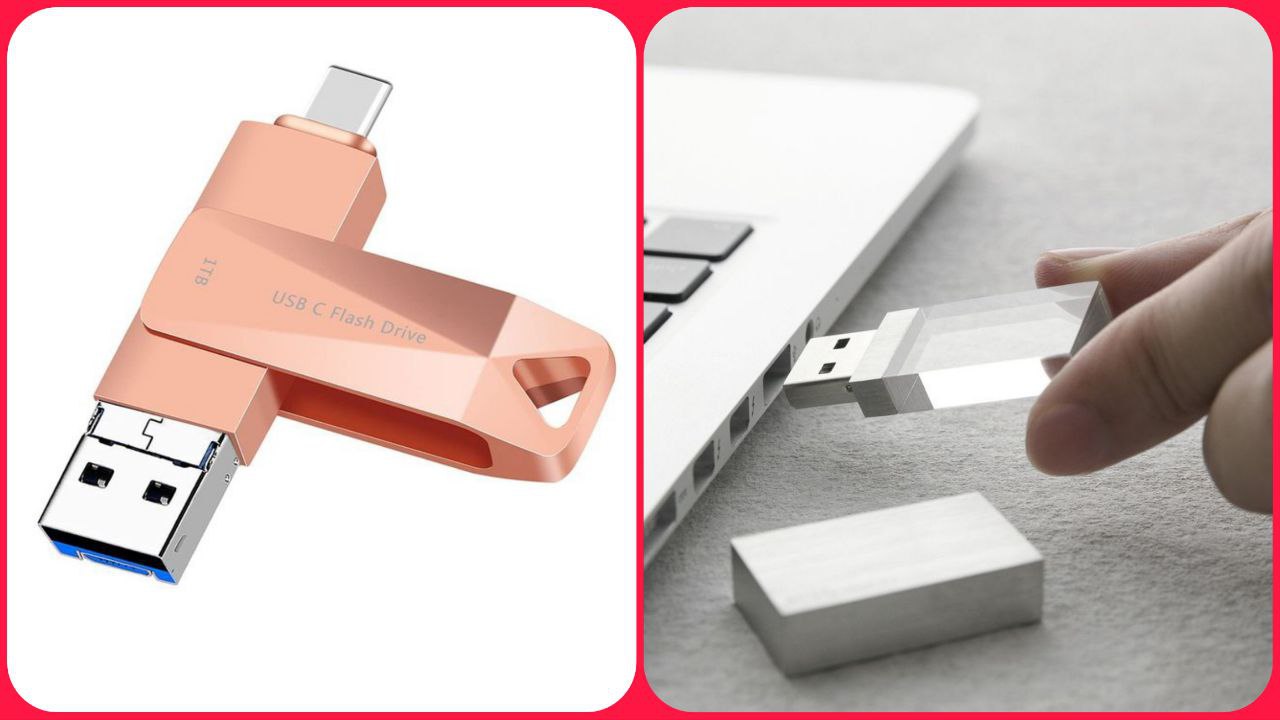Memory sticks, also known as USB flash drives, are essential tools for storing and transferring data. However, they can become corrupted or damaged, leading to data loss. If you find yourself in this situation, don’t panic. This guide will walk you through the steps to repair a memory stick and recover your lost data.
1. Understanding Common Memory Stick Issues
Memory sticks can encounter several issues, including:
- Corruption: Files may become inaccessible due to corruption caused by improper ejection, viruses, or power surges.
- Physical Damage: Dropping or bending the memory stick can damage internal components, making it unreadable.
- File System Errors: Errors in the file system can prevent the device from being recognized by your computer.
- Incompatible Formatting: Using a memory stick formatted for a different operating system can cause it to malfunction.
2. Initial Troubleshooting Steps
Before diving into complex repairs, try these simple steps to see if they resolve the issue:
- Check the USB Port: Ensure that the USB port you are using is functional by testing the memory stick on another port or device.
- Try a Different Computer: Sometimes, the problem may be with your computer rather than the memory stick itself.
- Change the USB Cable: If your memory stick uses a separate cable, try replacing it with a new one.
If these steps don’t work, proceed to the more detailed repair methods below.
3. Repairing a Corrupted Memory Stick
If your memory stick is corrupted, you can use built-in tools on your computer to repair it:
- Windows Users:
- Insert the memory stick into your computer.
- Open “This PC” and locate the memory stick.
- Right-click on the drive and select “Properties.”
- Go to the “Tools” tab and click “Check” under the “Error checking” section.
- Follow the on-screen instructions to scan and repair the drive.
- Mac Users:
- Insert the memory stick into your Mac.
- Open “Disk Utility” from the Applications folder.
- Select the memory stick from the list of drives.
- Click on “First Aid” and then “Run” to repair the drive.
These steps should fix minor corruption issues, allowing you to access your data again.
4. Recovering Lost Data from a Memory Stick
If your memory stick is still malfunctioning, you may need to use data recovery software to retrieve your files. Here are some popular options:
- Recuva: A free tool for Windows that can recover lost files from damaged or formatted memory sticks.
- Disk Drill: Available for both Windows and Mac, this software offers a simple interface and powerful recovery options.
- EaseUS Data Recovery Wizard: A comprehensive tool that can recover data from various storage devices, including memory sticks.
Steps for Data Recovery:
- Download and install the recovery software on your computer.
- Insert the memory stick into the computer.
- Open the recovery software and select the memory stick as the target device.
- Scan the drive for recoverable files.
- Preview and recover the files to a safe location on your computer.
5. Preventing Future Memory Stick Issues
To avoid future problems with your memory stick, follow these best practices:
- Always Safely Eject: Before removing the memory stick, use the “Safely Remove Hardware” option to prevent corruption.
- Use Antivirus Software: Regularly scan your memory stick for viruses to prevent infection.
- Avoid Physical Damage: Handle your memory stick with care, avoiding drops or exposure to extreme temperatures.
6. When to Seek Professional Help
If none of the above methods work, or if your memory stick has suffered significant physical damage, it might be time to consult a professional data recovery service. These experts have specialized tools and techniques to recover data from even severely damaged devices.
Conclusion
Repairing a memory stick and recovering lost data can be a straightforward process if you follow the right steps. By understanding the common issues, performing basic troubleshooting, and using the appropriate tools, you can restore your memory stick and save your valuable files. Always remember to back up your data regularly to minimize the impact of future issues.

